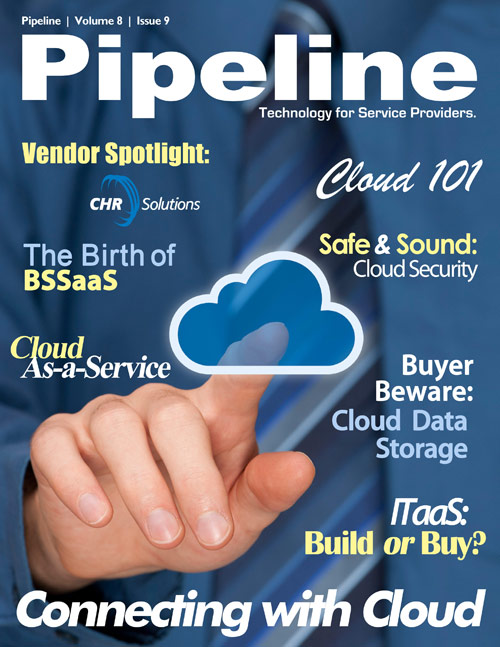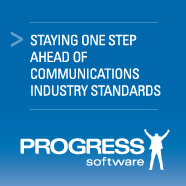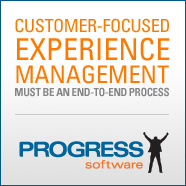By: Jesse Cryderman

Over the next ten years, communications service providers (CSPs) will lose up to 50 percent of their traditional revenue stream. For a tier 1 provider, that might mean $1 billion. So the billion-dollar-question is, what businesses are big enough to generate this kind of income?
The list is short, and at the top is cloud computing. Gartner research projects cloud traffic will increase 12-fold and explode into a $150 billion sector by 2020, and it probably will; these days, everyone is cloud savvy.
Richard Chinitz, TOA Technologies, acknowledges that "companies across all industries from around the globe are quickly realizing that cloud-based solutions are the only path into the future of business, and choosing to purchase software from the cloud will benefit overall company growth and increase efficiencies." Indeed, the phenomenon is not localized, but global, and "the momentum is starting to roll everywhere in the world," commented David Frattura, senior director, strategy--Cloud Solutions, Alcatel-Lucent.
It's no wonder, then, that CSPs are putting their chips on the table. Informa Telecoms Analyst Camille Mender pegged CSP investment in the cloud north of $11 billion in 2011. This doesn't come as a surprise--we've seen the price tag on major cloud acquisitions by Verizon (Terremark) and CenturyLink (Savvis).
However, can CSPs compete with pure-play cloud providers and leverage the carrier cloud for the win? What do the CSPs have as an advantage? What are some of the current offerings on the market from CSPs?
The Carrier Advantage
There are some good reasons why CSPs stand to profit greatly from cloud, provided they play their cards right. First, they already have an established reputation with business customers for managing SLAs and meeting security standards. Adolpho Hernandez, president, of Alcatel-Lucent's Software, Services & Solutions Group, said last November that IT decision makers "believe communications service providers are in the best position to deliver the quality and security they expect, making them the cloud provider of choice for the enterprise world."
More importantly, however, "The network makes the cloud, and CSPs own the network," said Hernandez. "That is a very powerful combination." Indeed, this key competitive advantage is the cornerstone of the carrier cloud value proposition, especially for large enterprises that are leery of moving IT infrastructure off-site. As you can see below in figure 1, top IT decision makers around the world think performance in the cloud is the major drawback, which places network operators--who have visibility and control of the performance metrics--in an advantageous position, competitively.











